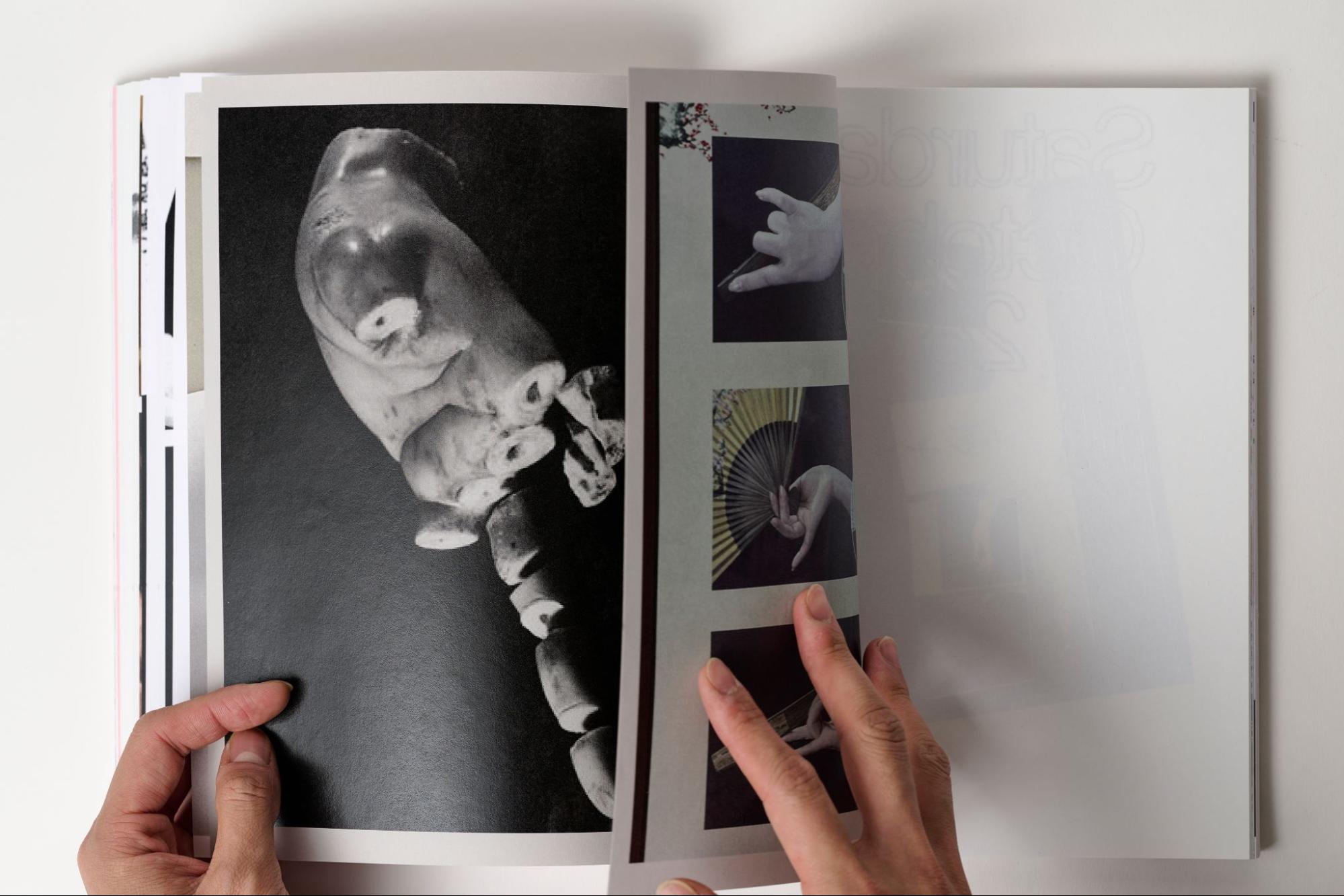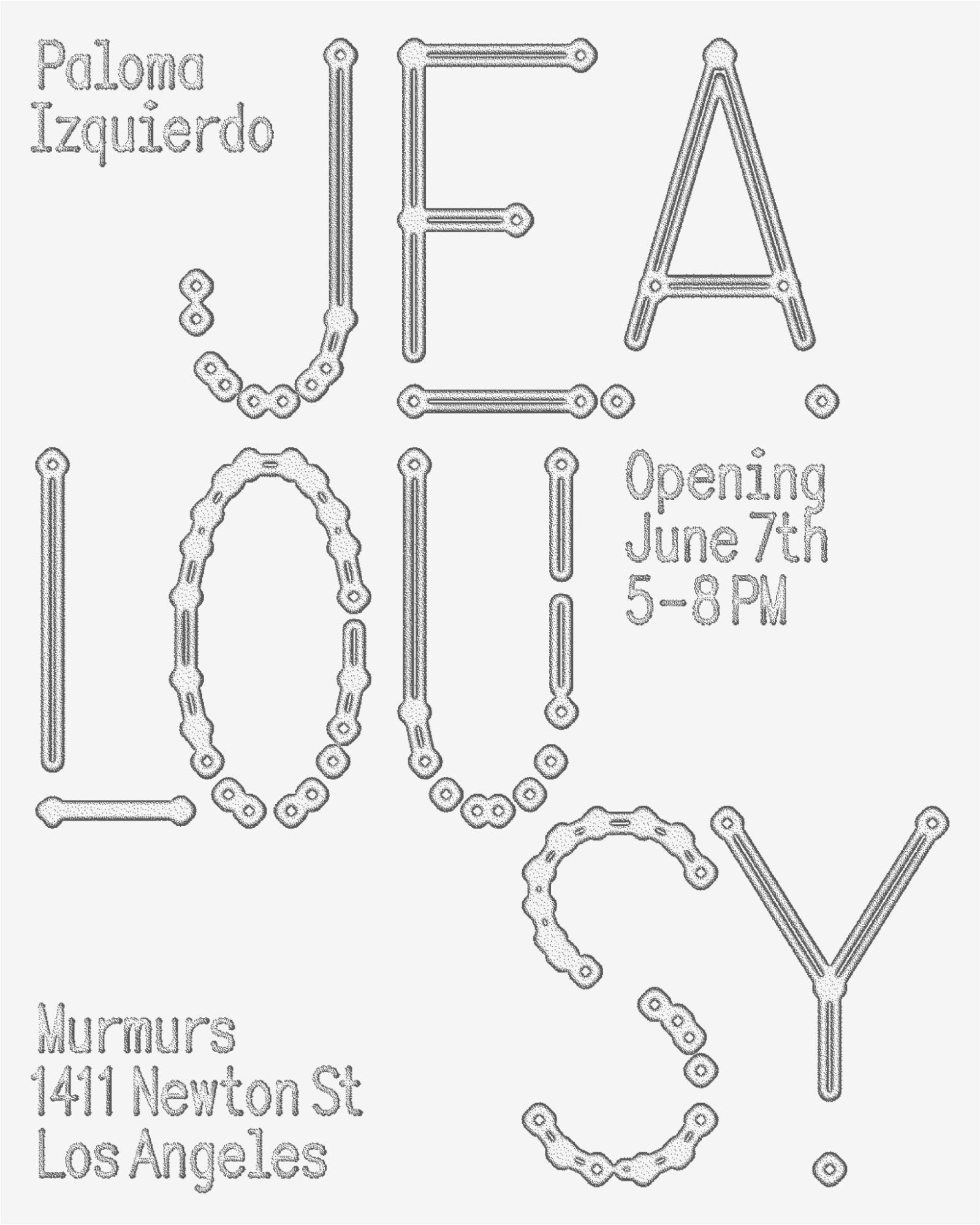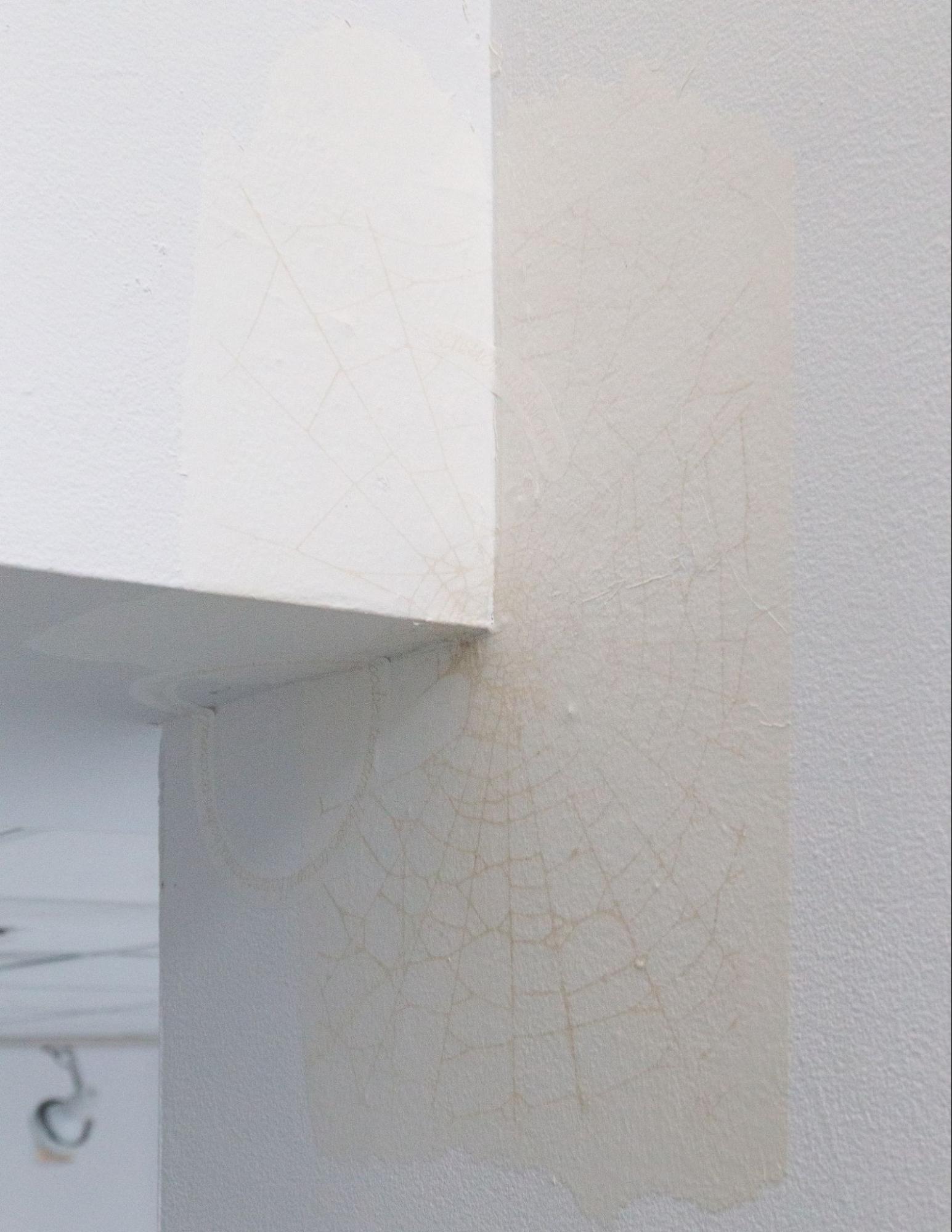Minneapolis is now home to a unique voice in the design world: Daedalus Guoning Li, the Walker Art Center’s 2025-26 Mildred S. Friedman Design Fellow. Li, a graphic designer, artist, and exhibition designer, operates at the intersection of image, language, material, and space, bringing a deeply considered and emotionally resonant approach to their craft. Their work, informed by a rich academic background including an MFA in Graphic Design from Yale School of Art and a dual BArch and BFA in Architecture from the Rhode Island School of Design, challenges conventional notions of design, prioritizing sensory experience, spatial awareness, and poetic expression.
Li’s journey has been shaped by experiences at renowned design studios such as Pentagram, where they contributed to the immersive experience of Rolling Stone’s legacy for Illuminarium Las Vegas, and Isometric Studio in New York. At Isometric, Li contributed to major cultural projects such as Contemporary Muslim Fashions at Cooper Hewitt, Smithsonian Design Museum, re: collections at Rose Art Museum, and the AIGA-recognized project Company, merging architectural sensibility with typographic precision to create spatial identities grounded in equity-driven storytelling. This diverse portfolio showcases their ability to seamlessly blend artistic vision with practical application, creating design solutions that are both visually compelling and deeply meaningful.
Now, at the Walker Art Center, Li is poised to further explore their unique design philosophy. So, what exactly is Daedalus Li’s design philosophy? In their own words, it’s about “the misuse and appropriation of language, material, image, and body through design.” Their research-driven work often illuminates the nuances of Chinese cultural identities within foreign contexts, engaging cultural materials and techniques to explore the connotations, expansion, and depth of surface.
“I create work that lingers—less about instant impact, more about something that haunts or hums beneath the surface,” Li explains. “My philosophy centers on threshold moments: the edge of legibility, the residue of touch, the flicker between form and feeling. I want design to be both precise and poetic—grounded in structure, but open to ambiguity.” This commitment to nuance and emotional depth is evident in their approach to every project.
One key aspect of Li’s work is the addition of “conceptual depth.” This isn’t achieved through superficial embellishment but through a deep understanding of the subject matter and a collaborative approach. “When collaborating with artists, the process is more relational,” Li says. “I often spend time in their studio, observe their process, and ask questions about how they think, make, and feel. That intimacy allows me to create designs that extend their work, not decorates it.”
A prime example of this is their design for Paloma Izquierdo’s solo show, “Jealousy.” Recognizing Izquierdo’s use of digital fabrication and laser etching as methods of mark-making and form-finding, Li chose Hershey, an early computer-era typeface, as the typographic entry point, further on customizing it, adding depth and texture The typeface’s mechanical, line-based structure mirrored Izquierdo’s own art-making process, creating a conceptual echo of the artwork itself. This thoughtful approach demonstrates Li’s ability to create design that goes beyond mere aesthetics, functioning as an integral part of the artistic expression.
Li’s design philosophy is deeply intertwined with the emotional weight carried by materials. They believe that “design isn’t just visual—it’s embodied.” Texture, scale, density, and context all contribute to the emotional charge of a material. “A sheet of etched acrylic might read like a whisper or scar; a wall can feel cold or tender depending on its surface, light, or temperature,” Li explains. “Even digital environments hold an atmosphere: a website’s rhythm, motion, or contrast can register as intimate or alienating.”
This understanding of material as a carrier of emotion is central to Li’s work. They often return to materials like Chinese mulberry paper and wheatpaste, traditionally used in classic painting and calligraphy, ritual, and craft. By appropriating these materials in unconventional ways, they explore how materials can “misbehave” and how that misbehavior can hold cultural and emotional weight. “Wheatpaste, in particular, feels like an embodiment of Chinese queerness to me: formless, translucent, slippery, hard to define,” Li shares. “But when laminated onto another surface, it reshapes, giving form to something new. In that act, I see potential—of intimacy, of inheritance, of transformation.”
This transdisciplinary approach, bridging geospatial infrastructure with design history, is evident in their 2023-24 exhibition identity for “Groundwater Earth: The Before and After of the Tubewell” at the Yale School of Architecture. Drawing inspiration from cylindrical drilling diagrams and tubewell mechanism, Li created a visual system that resonated with the exhibition’s themes, showcasing their ability to create a resonant narrative field through layered editorial, spatial, and tactile methods. The exhibition has received critical applause from The Architect’s Newspaper, Arts Council of Greater New Haven, Times of India, etc., and has traveled to Venice for the 2025 Venice Biennale.
Remarkably, Li’s design philosophy remains consistent across mediums, from analog art books to coding websites. The guiding principle is one of “layering and subtracting—both visually and conceptually.” Li is interested in revealing what lies beneath the surface: the cultural echoes, historical traces, and emotional residues that shape our perceptions. “Design, for me, is a way to reveal what’s unsaid or overlooked, to fold affect and history into form,” they explain. This translates into the use of translucent papers and hand-bound sequences in analog formats, as well as the creation of interactive digital spaces where images accumulate, overlap, and mimic the feeling of something half-visible.
Ultimately, Daedalus Li aims to create work that invites a “pause.” This concept is not simply an absence of motion but a space where sensation gathers. In the face of constant digital stimulation, Li seeks to create moments of stillness, a disruption of pace that allows for deeper engagement. “I design for those interstitial beats—a hover, a hesitation, a lingering gaze,” they say. “That pause might be triggered by an unexpected texture, a slow fade, a typographic glitch, or an unfamiliar material surface that resists immediate consumption.”
Li views this “pause” as a form of care, opening a space where feeling has time to arrive. It allows what’s fragile, ghosted, or peripheral to come into view. In their work, Daedalus Li invites us to slow down, to engage with design on a deeper level, and to experience the emotional resonance that lies beneath the surface. Their presence at the Walker Art Center promises to be a period of exciting exploration and a valuable contribution to the landscape of contemporary design.



